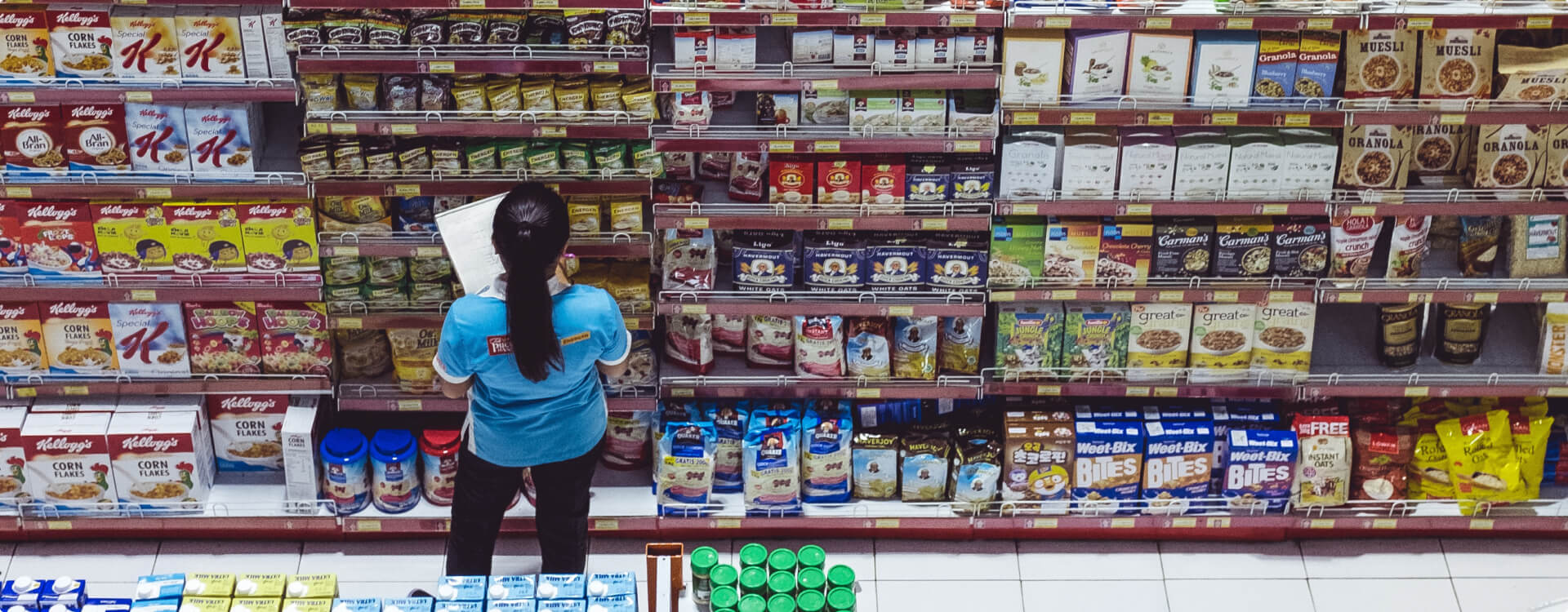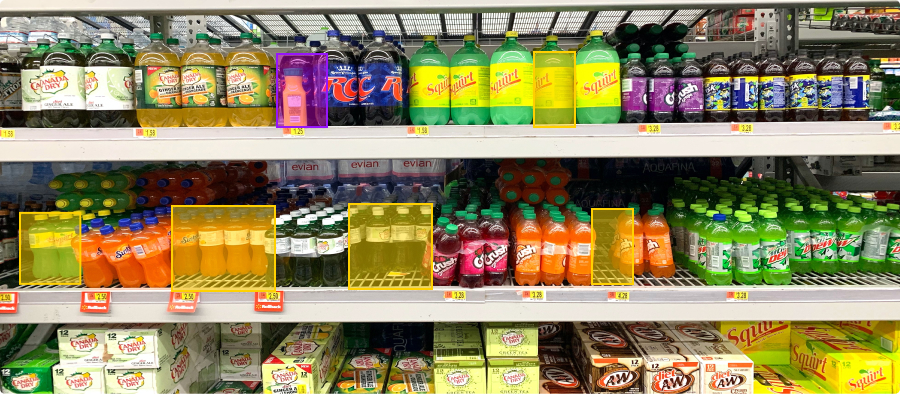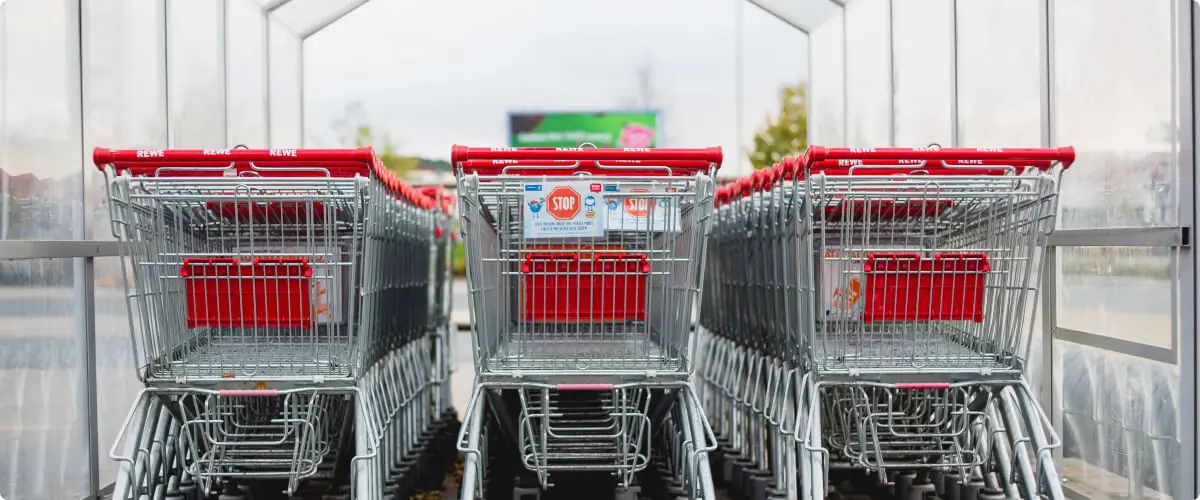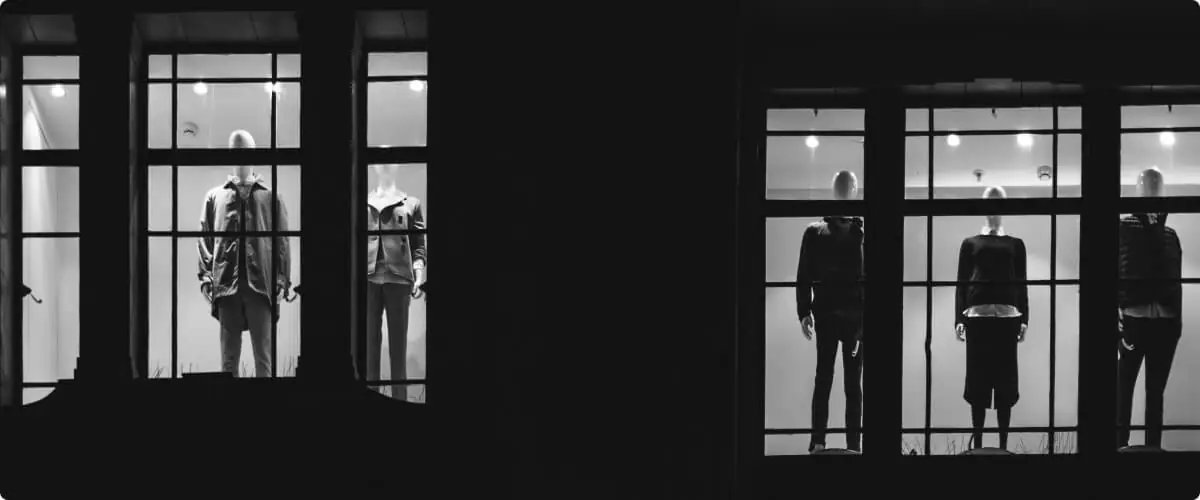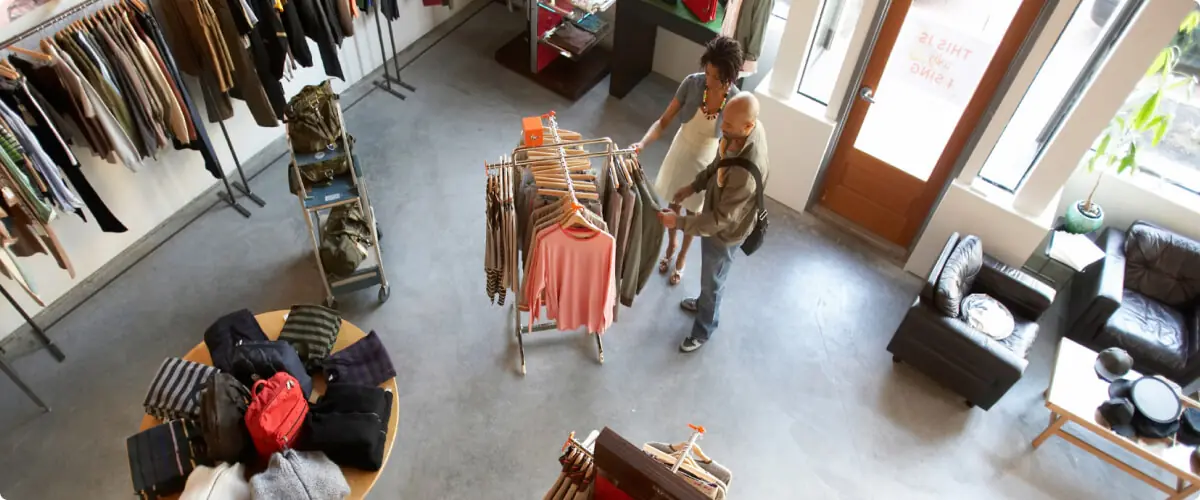You are probably aware of how more sophisticated data analytics is transforming the retail industry. Today across all customer touch points, artificial intelligence is driving the collection of massive amounts of data, and the latest advancements in computer vision technology are defining a modern approach to real-time store management.
AI-powered computer vision is enabling retailers to monitor the most subtle images, or changes in images, in any video stream using their existing in-store cameras. Retailers can not only have this modern technology monitor security cameras, but also monitor stockouts, sending instant alerts to store managers when shelves are not properly stocked or could be better stocked based on shopper behavior.
Retailers rely heavily on data to deliver both consumer and supply chain data deriving insights never before available to them.
They are prioritizing investment in AI for:
Real-time data and insights: They are leveraging massive amounts of data from edge devices to help make real-time decisions and improve operations.
Forecasting Changing Demand: Retailers are relying heavily on real-time data to anticipate shifts in demand for countless SKU’s as they improve point of purchase displays and cater to always evolving customer behavior.
Personalization: Data at scale provides retailers with deeper customer insights to better improve everything from product placement to marketing personalization.
Data sharing: Retailers are creating more transparency across their entire value chains, providing valuable insights to suppliers, distributors, and partners. The best part is that they reduce costs and improve service.
Using AI for shelf and stockout management
Poor shelf management and stockouts can dramatically reduce sales and have a direct impact on operational costs, employee productivity, and customer satisfaction. Most often, this is simply a result of poor visibility into store settings and shopping behavior.
Computer vision is delivering meaningful benefits to retailers. It provides retailers with real-time visibility and insights into store settings, signage, and shelf displays. It delivers advanced monitoring and benchmarking of out-of-stock instances and product merchandising. AI-powered computer vision technology provides the infrastructure for more automated, real-time stock management, dramatically improving store operations.
Measurable ROI of retail AI for shelf management

How to address on-shelf availability with computer vision
Foundational technologies such as barcode scanning, ID scanning, and optical character recognition (OCR) have paved the way for improving shelf-monitoring. These technologies, combined with data from live-streaming cameras, are used to power computer vision models that can detect anomalies in product placement on shelves in real-time with minimal human intervention.
Building computer vision models to monitor stock out
Creating computer vision models to deliver insights that retailers need requires a large dataset of images of each product SKU. For example, every bag of potato chips and every flavored variety, i.e., sour cream and onion, cheddar cheese, etc., requires unique images. This compilation of images builds the dataset that teaches the computer vision model what each bag of chips looks like and the subtleties between each so that it can understand what to look for on shelves and make predictions based on what it sees. Think of this as “teaching” computers what to see.
How synthetic data is helping retailers
Grocery stores frequently have 10,000+ items on a given shelf. This product volume makes gathering a large enough dataset of images to train the model incredibly tedious and time consuming. To speed up the process, rather than taking a photo of each product, synthetic data toolsets can be used today to generate images of each item based on their barcodes or UPCs.
Manufactured, or “synthetic,” features like object occlusions, diverse backgrounds, lighting, rotations, noise, and blurring are proactively added to copies of images. This process creates a more robust and more accurate data set. It produces computer vision models that can see a much broader variety of product scenarios and are more effective at detecting specific objects or products. Using both real and synthetic data, the models can create a more robust analytical visualization of every product, on every shelf, in every location within the store for maximum visibility into shelf inventory.
Now when stockouts occur, products are out of place, or misaligned, automated alerts can be sent to staff in real-time for them to investigate and restock quickly. Automating more of the visual inspection process reduces labor costs and placement errors. Fast responses to stockouts reduce lost sales while improving customer satisfaction and the overall shopping experience.
Applications of AI for real-time shelf management
Stock replenishment
By collecting real-time data on inventory levels and stock movement, retailers can make faster and smarter decisions about how and when to restock shelves, reduce overstocking, and optimize pricing to maximize profit margin. Minimizing under-stocking and dead stock holding costs not only saves money but also streamlines operations and increases profitability.
Planogram design
AI-powered data and insights assist retailers with optimizing product placement by putting the most popular products in shelf positions based on shopper buying behavior. Computer vision finds patterns in data and aggregates it into heat maps, analyzing customer dwell times and store flow through.
Contractual compliance
Compliance audits can be time consuming for retailers. Pre-defined compliance metrics, such as on-shelf availability (OSA), share of shelf, and shelf positioning are all part of service level agreements (SLA) between retailers and suppliers. If retailers are found to be violating SLA’s by displaying too few products or by positioning products in the wrong shelf locations, contractual penalties and even contract terminations are possible.
Delivering a frictionless shopping experience with AI
Brick and mortar retailers continue to face customer acquisition challenges and increasing brand loyalty. Despite the continued growth of online shopping, nothing replaces the experience of walking into a store, browsing the shelves, and finding the product customers want to buy.
Delivering a frictionless shopping experience is critical to keeping customers coming back, but low on-shelf availability (OSA) and a high number of out-of-stock events can impact that experience. Chances are if the inventory isn’t available to the customer to buy immediately, they have most likely ordered it from an online retailer before they have left the store.
Traditional methods of managing OSA just do not compare to modern technology. Computer vision is changing how retailers are monitoring their shelf space. It provides the data retailers need to better manage product availability, shelf design, pricing, and product placements. Ultimately, It’s better enabling retailers to streamline operations, reduce costs, and deliver exceptional customer experiences.
Download our solution brief to learn more about Chooch’s AI-powered computer vision solutions. Or schedule a demo to see how our AI Vision models can help you.

